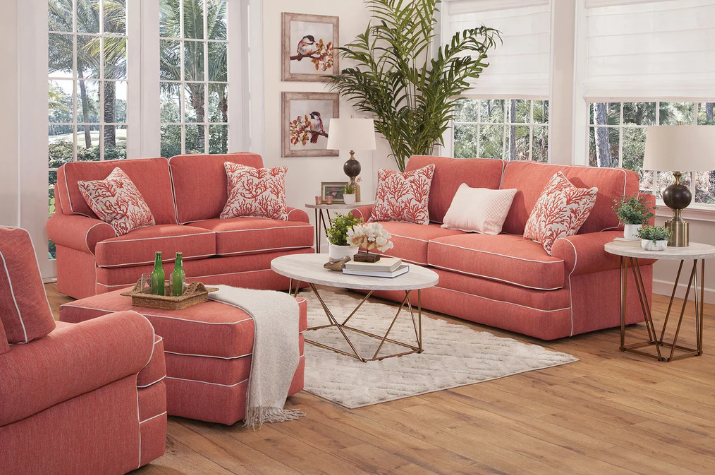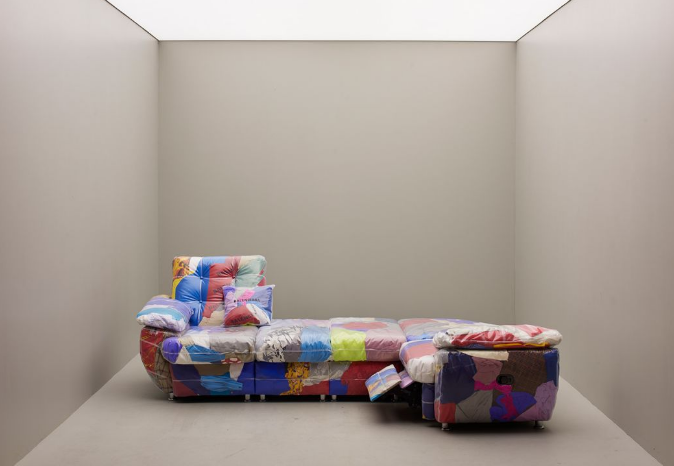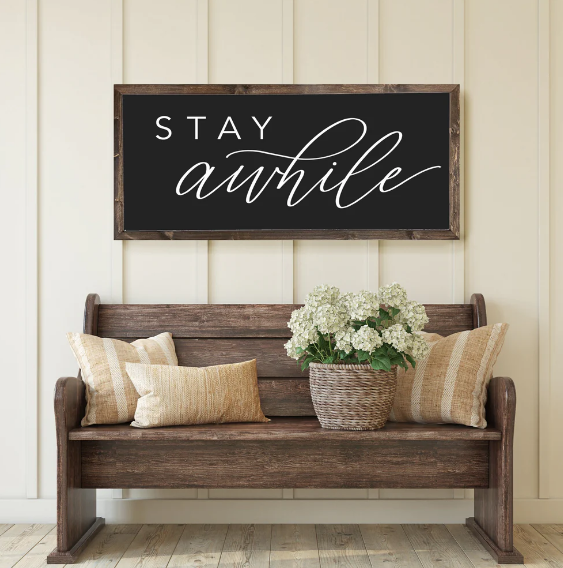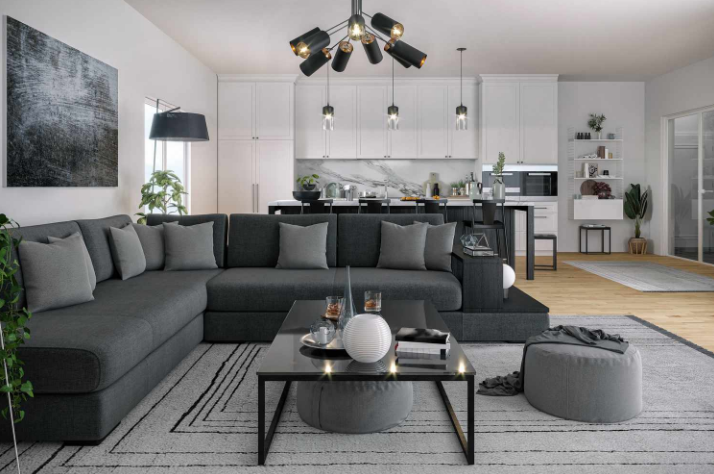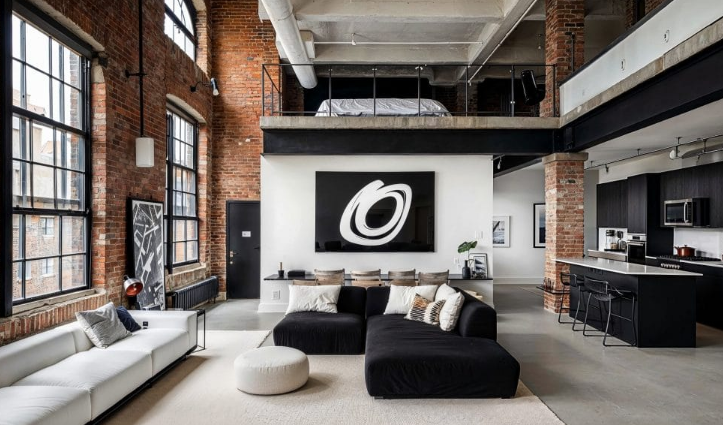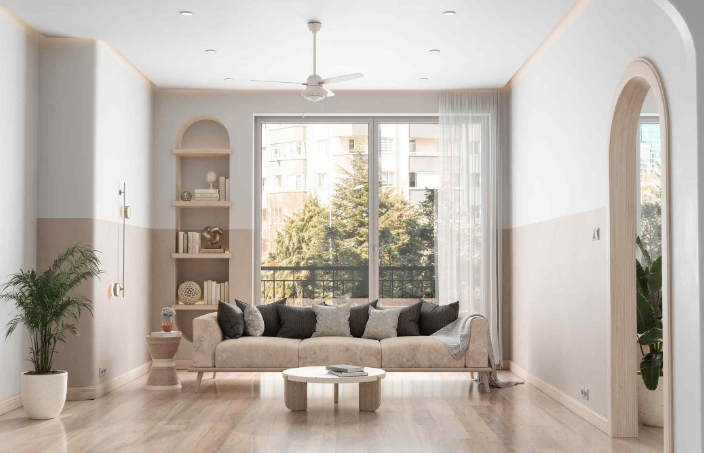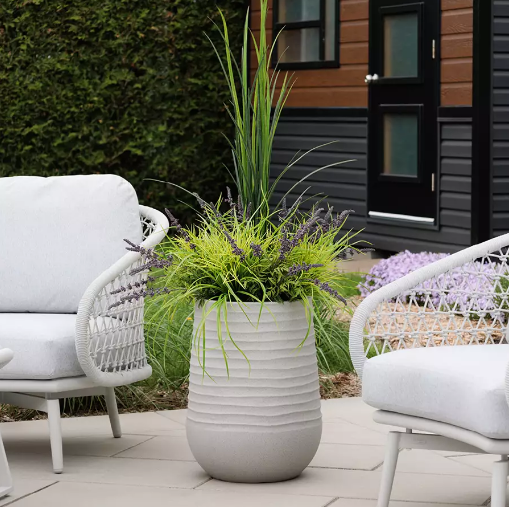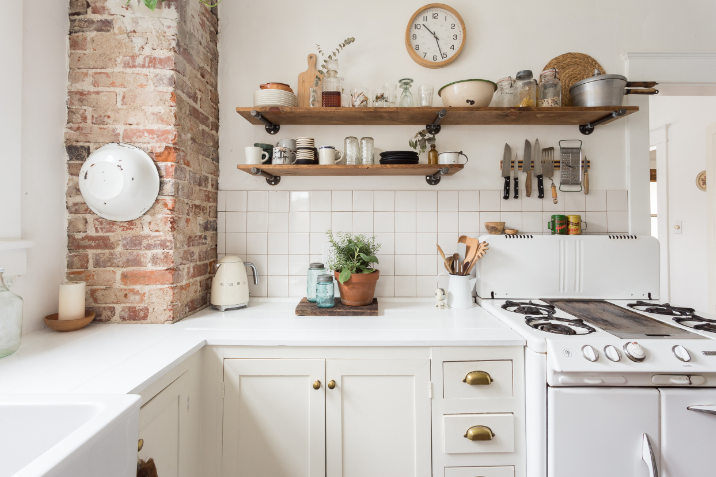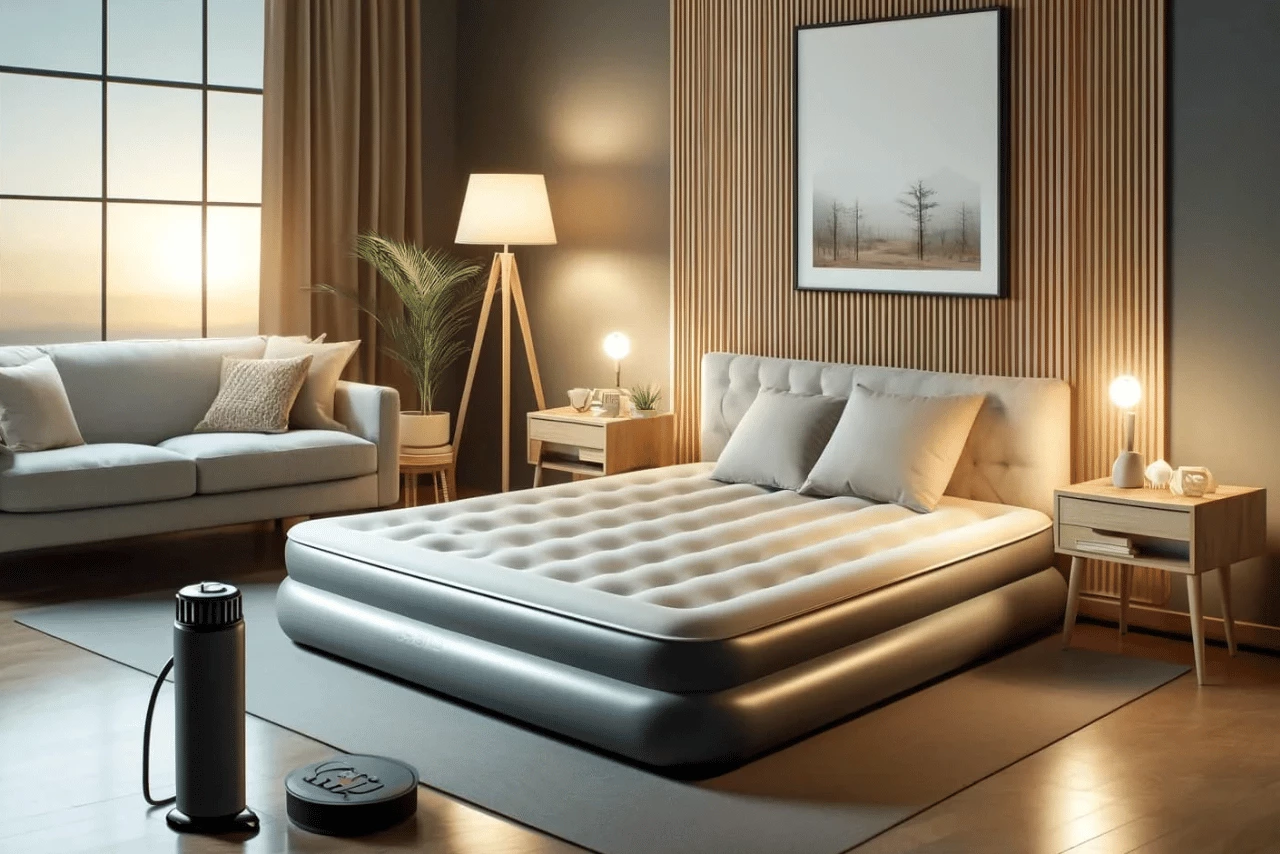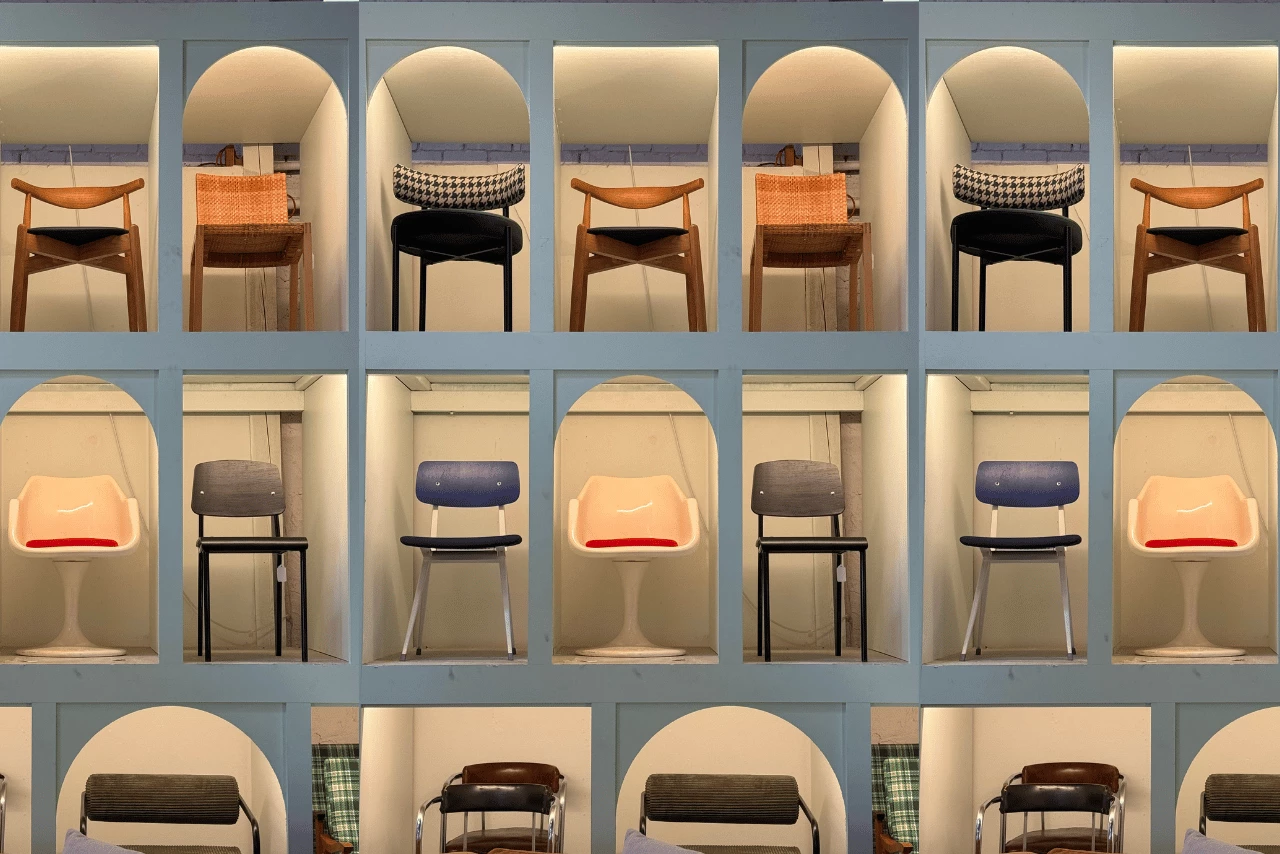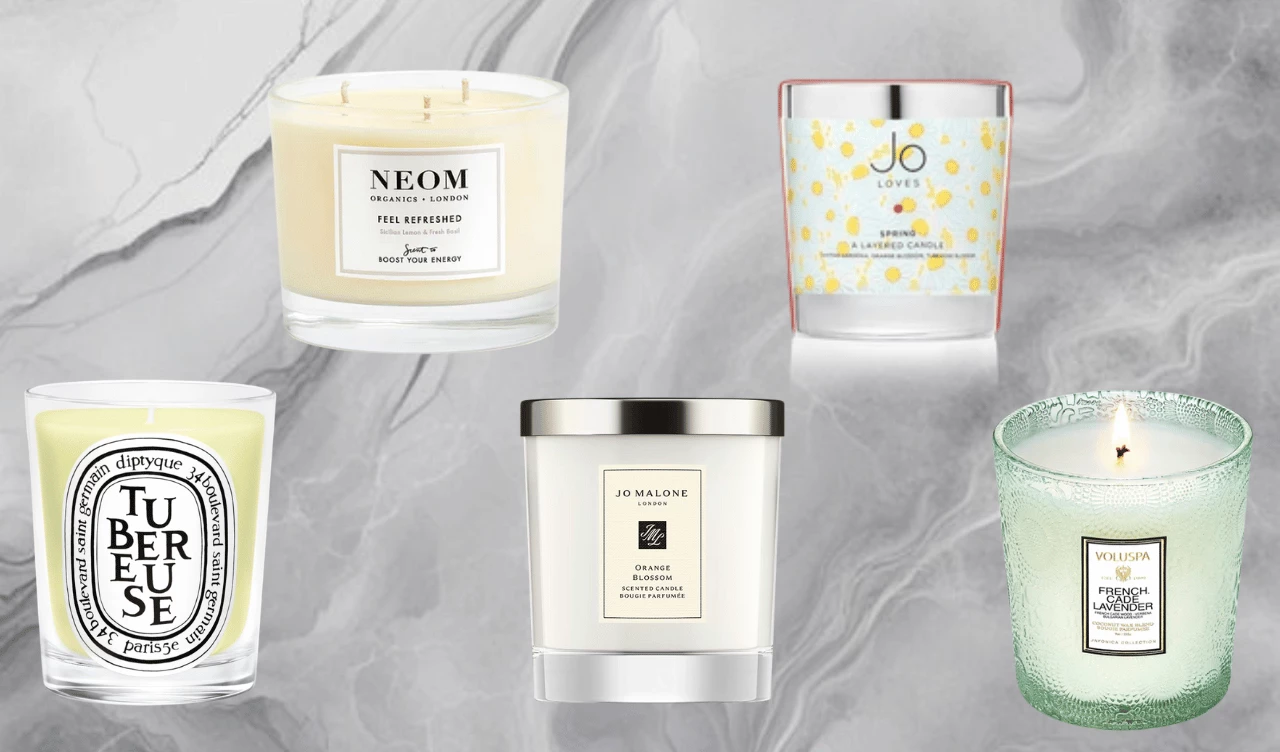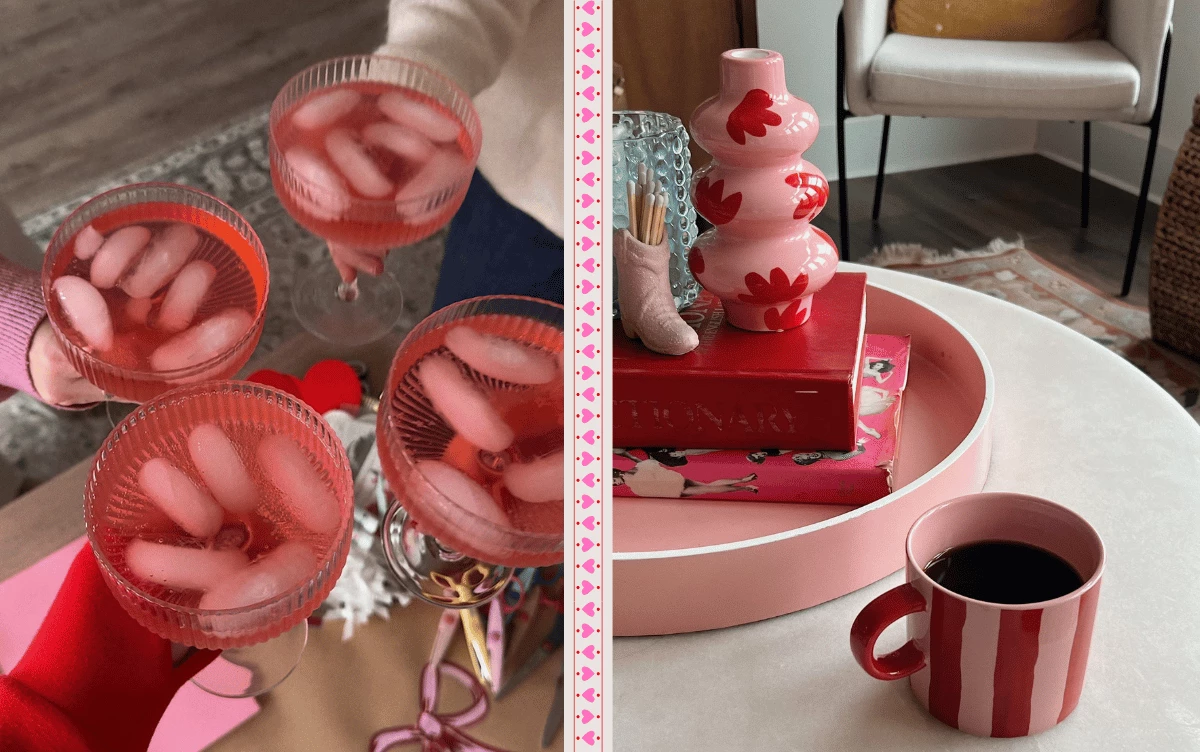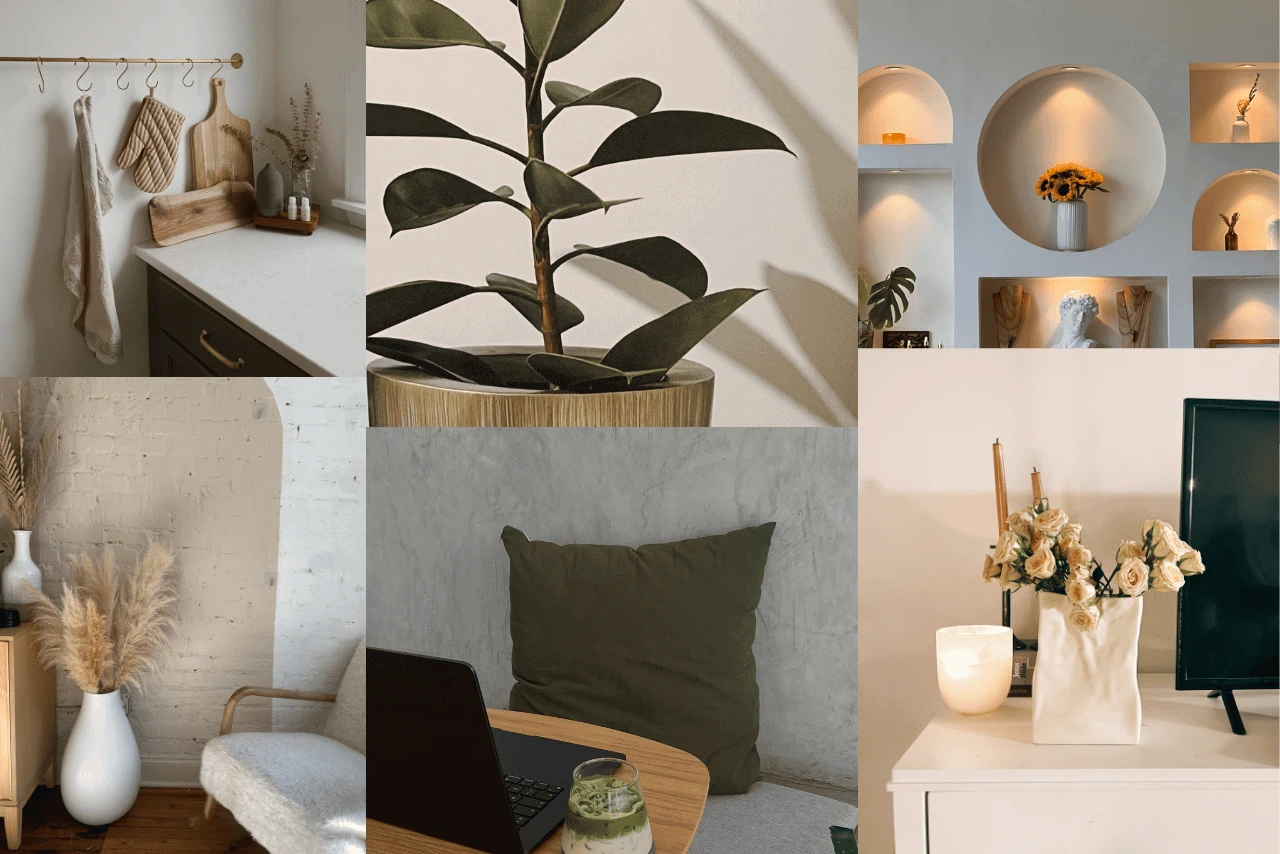
Home decor trends change often based on lifestyle changes, a shift toward sustainability, and innovative design perspectives. In 2025, interior designers are rejecting looks that feel overdone, uninspired, or of low quality, and instead choosing looks that feel timeless, intentional, and environmentally conscious.
So, if your home is still decorated with any of the now-outdated design trends, don't sweat it—what really matters is whether you're happy and comfortable in your space. Small updates can have a big impact, and here are the outdated design trends designers are ditching this year, and what they are adopting instead.
1. Overly Matchy Furniture Sets
Gone are the days of perfect matching living room or bedroom sets that have matching wood finishes or upholstery. Matching sets used to provide a well coordinated and nicely put-together look, but now they can tend to make a space feel bland and not personal grab bags. Designers are now embracing curated mixes, such as a modern sofa and vintage wood chairs, sleek metals with organic layers, or different (but still complimentary) wood colors for a collected over time look.
2. Fast Furniture (Cheap, Disposable Pieces)
The time of purchasing cheap, mass-produced furniture that barely lasts a few years is coming to an end. Sustainability is taking priority, and home builders and designers are looking for solidly built pieces that will endure years of use. Instead of populating your space with particle-board discounted furniture, opt for pre-owned, vintage, or sustainably produced, furniture made to be repairable or use modular designs.
3. Generic Farmhouse Signs
Remember when every home was adorned with a distressed wood sign with the word “Gather” or the phrase “Live Laugh Love”? Those days are no longer in vogue. What was once a mass-produced decoration has become impersonal and cliche. Designers are increasingly using original art, handmade ceramics, or larger abstract art as a way to add character without being too reliant on words. If you love typographs, try hanging a modern framed copy of an obscure vintage poster or typographed quote.
4. All-Gray Everything
The all gray interiors that defined the 2010's- gray walls, gray floors, gray furniture- are thankfully losing their power. While gray is still fine in small doses, an entirely cool toned space leaves us feeling cold and uninviting. Warm neutrals like creamy whites, soft beige's, and muted greens are replacing the common gray, creating cozier, more inviting space. To make a gray dominated room feel more inviting, you just need to add a wood tone, a textured fabric or a warm accent wall to balance out the cool.
5. Faux Industrial Decor
Fake exposed pipes, overused Edison bulbs, and faux steel beams are the new design cliches that are overrun homes without true industrial character. Industrial design works great in lofts and refurbished warehouses, however it often feels forced in traditional homes, instead of celebrating the architecture and giving it authenticity. Instead of continuing to perpetuate designers clichés, try incorporating real industrial materials in small doses like aged metal, brick, or concrete, or skip the industrial concept altogether and embrace an organic modern style that embraces natural textures and clean lines.
6. Overly Minimalist, Cold Interiors
The aesthetic of extreme minimalism—think all-white rooms with no personality or decor—is gradually moving to the warmer and more "lived in" aesthetic. After years of curating sterile spaces, homeowners are coming to want spaces that are inviting rather than stark. The now popular "warm minimalism" style focuses on clean lines, while still making the spaces feel inviting and warm with natural woods, linens, and soft colors. The aim is to declutter your space, but still be warm and liveable without overwhelming the senses.
7. Fake Plants (Unless High-Quality)
As biophilic design (bringing the outdoors inside) becomes more understood in the design world, cheap plastics that clearly look fake are on their way out. Nothing compares to introducing real greenery into your home and having living elements, but if upkeep on plants is a struggle for you, there are good quality faux options that come close, as long as it looks good from a distance. If you are looking for real greenery to introduce freshness into your space without maintenance, low maintenance options such as pothos or snake plants are good options.
8. Open Shelving in Kitchens (When Overdone)
Open shelving has had its time in the spotlight and while useful in its own right, when overdone in a kitchen, it can come off as cluttered and high-maintenance. Many people won't commit to keeping shelves styled and dusted regularly. To help with maintenance, designers have opted for a mix of closed cabinets for storage and a limited amount of open shelving for displays - or glass-front cabinets for shows of curated dishware but without daily dusting.
How to Refresh Your Space Without Starting Over
You don’t have to do a full remodel, just do a few simple changes:
- Change the accessories (like switch out faux signs for original art).
- Repaint (like ditch the cool grays for warm neutrals).
- Use mixed furniture styles (combine some matching sets with one vintage find).
- Add texture (boom, use rugs, throws, and natural materials
Trends come and go, but thoughtful, intentional design never goes out of style.
Also Read: Timeless Decor Pieces Every Home Should Have, Regardless of Trends


